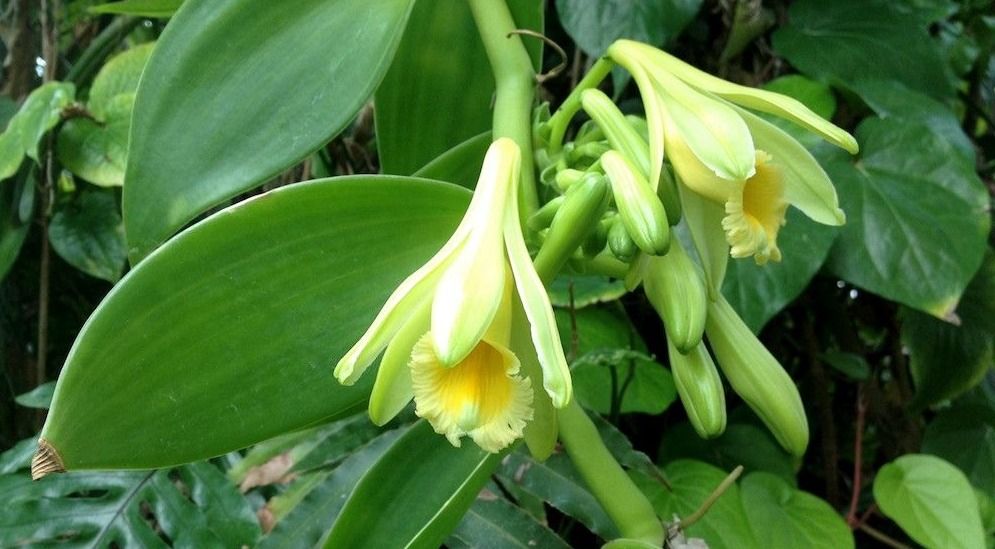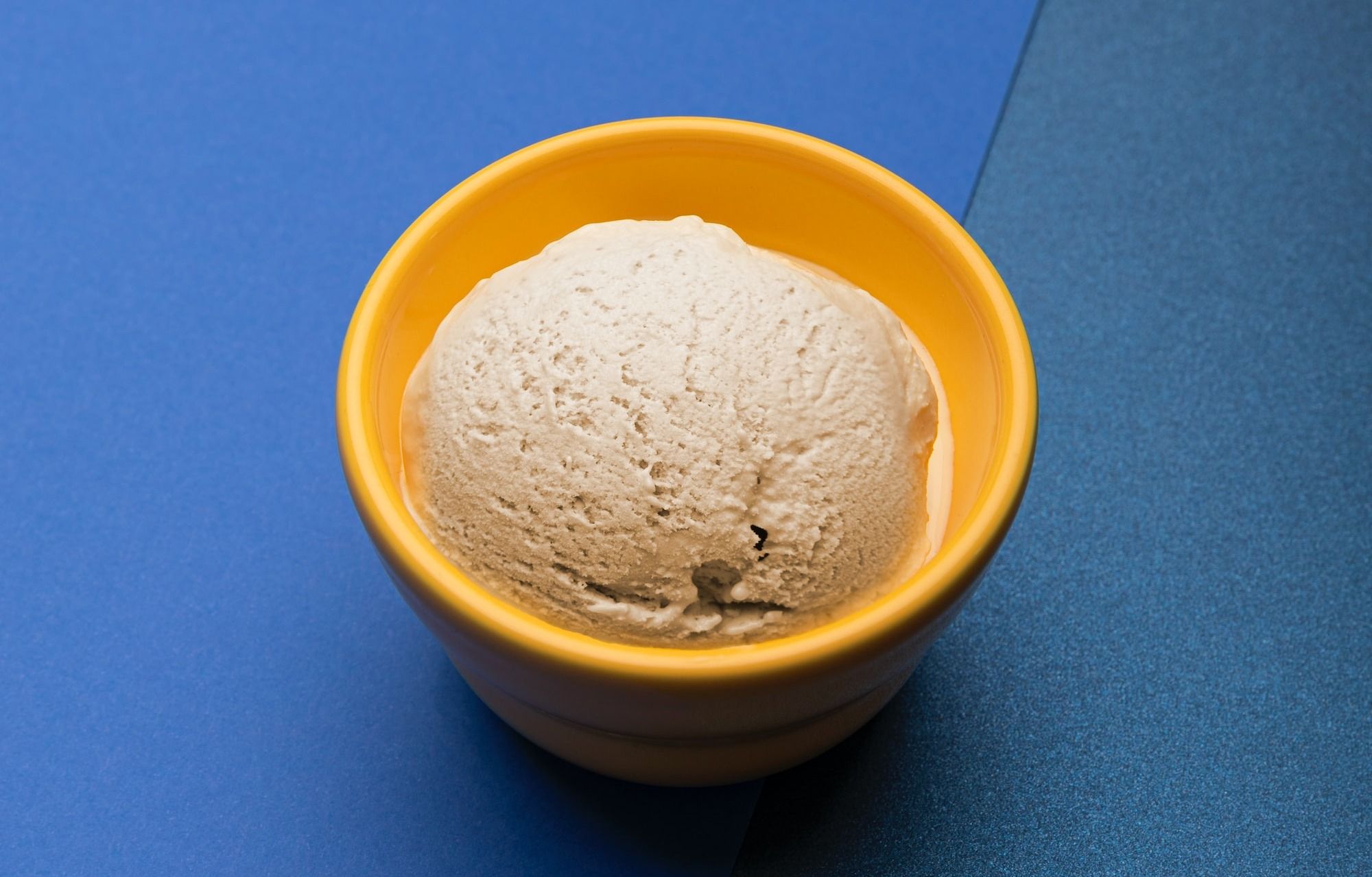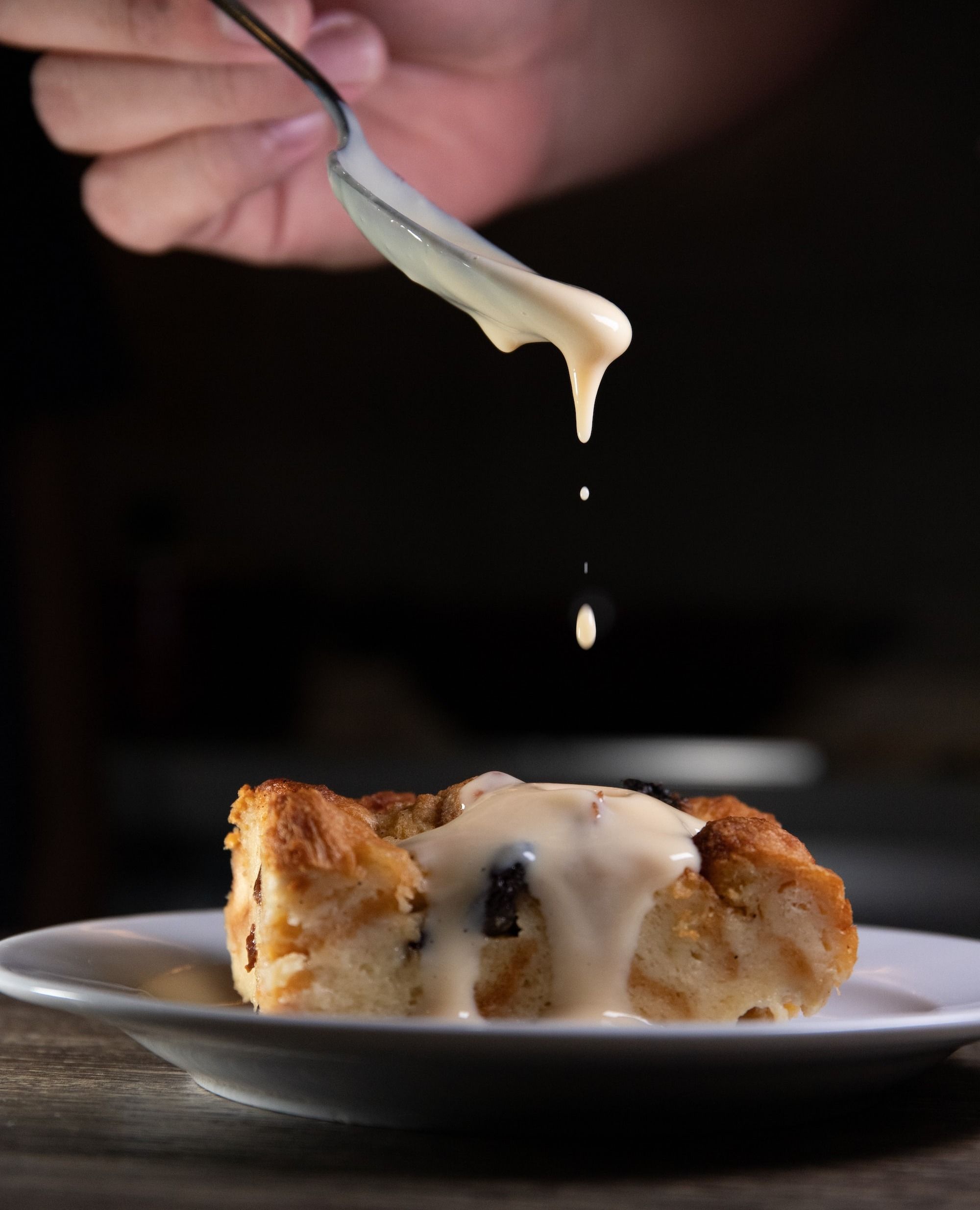Vanilla Bean: Discover Why It's So Expensive
Discover the Vanilla Bean, Ranked as One of The World's Expensive Spices

What is Vanilla?
The term "vanilla bean" actually refers to the pod-like fruit from the Vanilla orchid genus, which boasts around 100 species native to tropical Central and parts of South America. Unique hummingbirds and tiny bees, native to these regions, naturally pollinate these orchids. Outside their native zones, manual human pollination is necessary, significantly contributing to vanilla's high cost, second only to saffron.
These pods, spanning 6 to 12 inches, house thousands of minuscule seeds. The distinctive vanilla flavor, largely due to the compound vanillin and other aromatic agents, becomes pronounced once the pod is disturbed. This rich taste originates both from the resin enveloping the seeds and the pod itself.

Vanilla, although often thought of as a singular flavor, actually comes in a variety of types based on where it's grown and the specific species of the vanilla orchid.
Price of Vanilla
In 2014, vanilla's price stood at $80 per kilo. By 2017, it had surged to $600, and currently, it hovers around $500. This significant price increase is attributed to the growing global preference for natural ingredients. As consumers gravitate towards natural diets, food manufacturers are ditching artificial flavors for authentic vanilla.
Here Are The Top Vanilla Varieties that Dominates Culinary World:

Vanilla Planifolia
Representing the majority of the world's vanilla, this species boasts a robust, creamy, and sweet flavor profile. Madagascar's bourbon vanilla is the most recognized type, celebrated for its deep, rich taste complemented by its superior vanillin content.
In fact, Madagascar produces approximately 80% of the global vanilla output. Indonesian and Mexican vanillas, also of this species, have nuanced flavors—Indonesian beans offer a smokier profile while Mexican beans hint at a spicier undertone—but both possess a reduced vanillin concentration compared to the Madagascan counterpart.
Vanilla Tahitensis
Native to Tahiti, this vanilla stands out with a lighter, more floral and fruity aroma. Many chefs prize the Tahitian vanilla for its unique flavor, often with subtle notes of cherries or anise, its vanillin content is significantly less than the Madagascan variety.
It is particularly favored in dishes where its nuanced flavors can shine, such as in custards, creams, and fruit-based desserts.
Vanilla Pompona
Also known as West Indian vanilla, this species has a milder and woodier flavor profile. It's the least common in culinary use due to its lower vanillin content.
Together, these varieties provide chefs and food enthusiasts with a spectrum of flavors to elevate their creations.
Vanilla Products
1. Vanilla Bean Pods: Harvested from vanilla orchids while still green, these pods turn brown upon heat treatment, which releases their flavor. Interestingly, a fresh vanilla pod lacks aroma; only after a curing process, which can last weeks to months, does the scent emerge.
2. Vanilla Powder: Typically, there are two types:
- Authentic dark brown powder made from dried, ground vanilla beans.
- A lighter version made from vanilla-infused maltodextrin. For a genuine vanilla flavor, choose the dark brown type.
3. Vanilla Extract: Created by infusing alcohol with chopped vanilla beans, it captures the essence of vanilla since vanillin dissolves better in alcohol. To retain its flavor, it's best added towards the end of the cooking process.
4. Vanilla Bean Paste: A combination of vanilla extract and powder, this paste offers a concentrated vanilla flavor, serving as an efficient substitute for whole beans.
Why Is Vanilla So Expensive?
Vanilla, a prized spice second only to saffron, boasts a narrative as flavorful as its essence. This aromatic marvel, native to Mexico's exotic terrains, found its pollinators in specific hummingbirds and bees, both having co-evolved with the vanilla orchids in the nature.
The European infatuation with vanilla hit a wall when they attempted its cultivation back home. Without Mexico's tailored pollinators, the orchid stubbornly refused to yield beans.
However, the 19th-century birthed the craft of hand-pollination, a painstaking method where each flower is tenderly attended to, a practice still dominant today.
But the dedication doesn't wane post-pollination. Each bean undergoes a luxurious, 9 months-long spa of blanching, sweating, sunbathing, and fermenting, ensuring the signature flavor matures to perfection.
While this meticulous process unfurls, challenges loom large. With Madagascar championing vanilla production, holding 80% of the world's stake, any disturbance—like diseases or climatic adversities—sends shockwaves through global prices.
Added to this drama are market intricacies, from potential premature harvests to fend off theft, to competition from synthetic vanilla alternatives.
Yet, global demand for genuine vanilla remains insatiable, spanning from culinary delights to perfumery. The undying allure and complex cultivation journey of this bean together weave the tale of its premium price tag.
Here's How Vanilla Has Found Its Way Into Luxury Fusion Cuisine Across Countries:

- Vanilla-Infused Foie Gras (France): Melding the innate richness of foie gras with the delicate sweetness of vanilla, often harmonized with fruit reductions or jams iconic in French gastronomy.
- Vanilla and Truffle Pasta (Italy & France): This delightful fusion merges Italian pasta craftsmanship with the aromatic truffle of French cuisine, elevated further with a creamy vanilla sauce.
- Saffron and Vanilla Lobster Bisque (Spain & France): Spain's prized saffron melds with the French classic lobster bisque, creating a sophisticated blend of flavors enriched by vanilla.
- Vanilla and Caviar (Russia & France): On Russian blinis or delicate French crackers, caviar gets a lift with a hint of vanilla cream or vanilla-infused crème fraîche.
- Braised Short Ribs with Vanilla and Red Wine Reduction (Argentina & France): Argentinian beef, renowned worldwide, pairs stunningly with a French-style red wine reduction enhanced by vanilla undertones.
- Vanilla Bean and Champagne Sorbet (France): An exquisite French palate cleanser in gourmet meals, this sorbet marries the effervescence of champagne with the elegance of vanilla.
- Oysters with Vanilla Mignonette (France & New Zealand): French culinary techniques meet New Zealand's renowned oysters, with a mignonette sauce infused with vanilla providing an unexpected flavor twist.
- Vanilla Bean Wagyu Steak (Japan & Madagascar): Japan's famed Wagyu beef gets a luxurious brush of Madagascar vanilla glaze or sauce, offering a sweet contrast to its savory profile.
These dishes showcase the global appeal of vanilla beans, emphasizing how they transcend boundaries, enhancing and elevating cuisines from various corners of the world.


